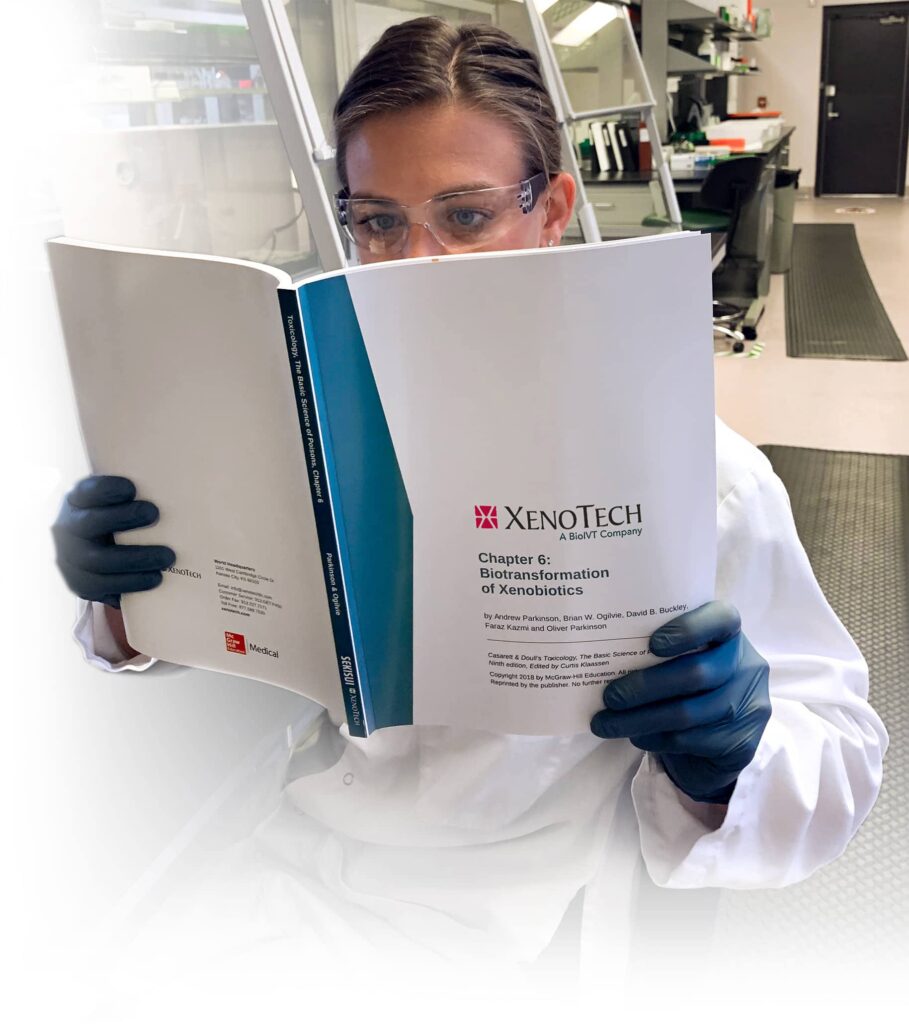
Cytokine-mediated suppression of CYP enzymes by a toll-like receptor 9 agonist in hepatocytes
Presented at the American college of Toxicology (ACT) 39th Annual Meeting in Palm Beach, FL
Full Title
“Cytokine-mediated suppression of CYP enzymes by the toll-like receptor 9 agonist, tilsotolimod, in cultured human hepatocytes”
Authors
Paul Tarantino1, Tim Sullivan1, Brian Ogilvie2, Maciej Czerwiński2
1 Idera Pharmaceuticals, Inc., 167 Sidney Street, Cambridge, MA 02139; 2 XenoTech LLC, 1101 W. Cambridge Cir. Drive, Kansas City, KS 66103
Abstract
The innate immune response to some drugs may involve the release of proinflammatorycytokines, such as IL-6, which have the ability to suppress xenobiotic-metabolizing CYP enzymes and affect the pharmacokinetics of co-administered small molecules. The 2012 FDA Drug-Drug Interaction (DDI) guidance recommended the evaluation of therapeutic proteins such as cytokines or cytokine modulators for their ability to modulate the expression of CYP enzymes or transporters (Food and Drug Administration (US), 2012).
Although not a peptide drug, it is possible that an immuno-modulator, such as the oligonucleotide, Tilsotolimod (IMO-2125), an investigational agonist of toll-like receptor 9 designed to enhance T-cell responses to tumor antigens, could precipitate DDIs. Tilsotolimod alters the tumor microenvironment by improving antigen presentation by dendritic cells and macrophages with subsequent proliferation of antigen-specific cytotoxic T lymphocytes (CD8+ T cells) in both injected and distant tumors resulting in tumor cell death (Figure 1). In this study, we investigated the potential of Tilsotolimod to cause direct and cytokine-mediated effects on CYP mRNA expression and enzyme activity in primary human hepatocytes according to a published in vitro method. The method comprised stimulation of human blood with a drug or a therapeutic protein followed by separation and subsequent incubation of human hepatocytes co-cultured with Kupffer cells with the drug-treated plasma to assess the potential of the drug to alter the expression of drug metabolizing enzymes and transporters through its effect on cytokines.
All cultures of hepatocytes used in this study were co-cultures of hepatocytes and Kupffer cells isolated from the same donors in routine perfusion and plating procedures. The test system accounts for the combined effects of all cytokines stimulated by the drug in blood on CYP expression in primary cultures of human hepatocytes…